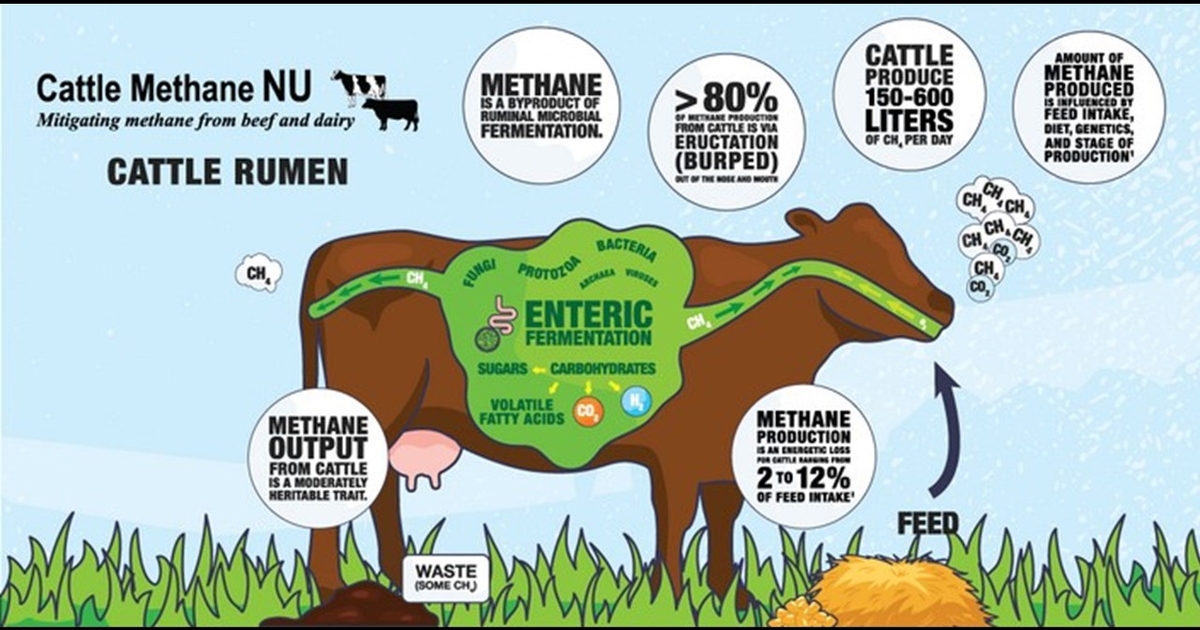Plan now to manage 2024 forage costs
Posted on January 30, 2024 by Derrell Peel
Source: Farm Progress. The original article is posted here.

Cattle prices are expected to average higher in 2024 compared to 2023, which means that cow-calf producers are expecting increased returns and profitability.
Plan now for 2024
However, profit maximization implies careful cost management regardless of the revenue potential. The biggest cost component of cow-calf production is feed costs and specifically, harvested, and supplemental feeds. January may seem early to start planning grazing for the coming growing season but the ability to minimize non-grazing feed costs will depend on comprehensive grazing plans and management for the entire year.
Feed costs
The economic basis for cow-calf production is growing grass and using cows to harvest the grass. Feed costs are typically the largest component of annual cow costs in cow-calf operations.
Total feed cost includes grazing cost, harvested forage and purchased supplemental feed. Producers can minimize annual feed costs by managing for maximum grazing; with minimal use of hay and supplemental feed to seasonally overcome lack of forage quantity and/or quality.
Planning grazing management now for the growing season and beyond can significantly influence hay needs next winter. Summer grazing management will set up the potential for stockpiling forage for fall and winter grazing.
Grazing management
For introduced forages, strategic fertilization can be used to increase forage quantity and quality beyond the growing season. Grazing of native range can be deferred to save forage for later use. Of course, grazing management must be planned and implemented according to the wide range of forage types as well as climate and soil conditions where cattle production occurs.
In all cases, proper stocking rates are critical to achieve grazing management objectives. It is important to assess forage condition and production potential in order to develop realistic grazing management plans. The assessment should be completed now, i.e. prior to or at the beginning of the growing season.
Forage costs
Considering the distinction between pasture and non-pasture costs is particularly useful because it focuses on the forage, which is the primary production of cow-calf and stocker operations, and the management of that grazing resource compared to the use of harvested forages and supplemental feed to augment the quantity and quality of grazed forages.
Often tradeoffs are possible in the efficient use of grazed forage compared to the use of more expensive harvested forages and purchased supplemental feeds. Forage fed as harvested hay costs 2.5 to 5 times more than grazed forage.
Of course, all of this takes place against the backdrop of herd nutritional management as an important component of herd health, reproductive efficiency and overall productivity. Both feed quantity and quality are critically important in herd nutritional management.
Round bales vs. nutrition
Hay use for beef cow-calf production is predominantly round bales. Round bale technology is convenient and saves labor. Unfortunately, the convenience of round bales has also frequently encouraged production of low-quality hay and poor storage and feeding management.
Often hay production is a residual to poor pasture management where mature, rank grass that was not grazed effectively is baled, resulting in expensive, poor-quality feed.
Good pasture management and good hay management are two sides of the same coin. The labor saving and convenience of round bales has, in many cases, fostered poor pasture management that results in increased hay needs and production of low-quality hay.
Hay waste
Perhaps rounds bales are too convenient. In days of old, producers feeding small square bales were typically more aware of the quality of the hay, how much they were feeding, how much was being wasted and, as a result, often did a better job of managing cow herd nutrition and feed cost. It takes some additional management to capture the advantages of round bales without wasting hay and incurring additional cost.
For example, in Oklahoma, hay production per beef cow has more than doubled in the past 40 years. It appears that now significantly more hay is wasted and that poor pasture management has increased the number of days that cows are fed hay. Round bales very probably have contributed to this trend.
Better grazing management and efficient, minimal hay use can reduce costs and add $150-$250/head or more to per cow profitability in 2024. Now is the time to start planning forage management.

.jpg?disable=upscale&width=1200&height=630&fit=crop)


